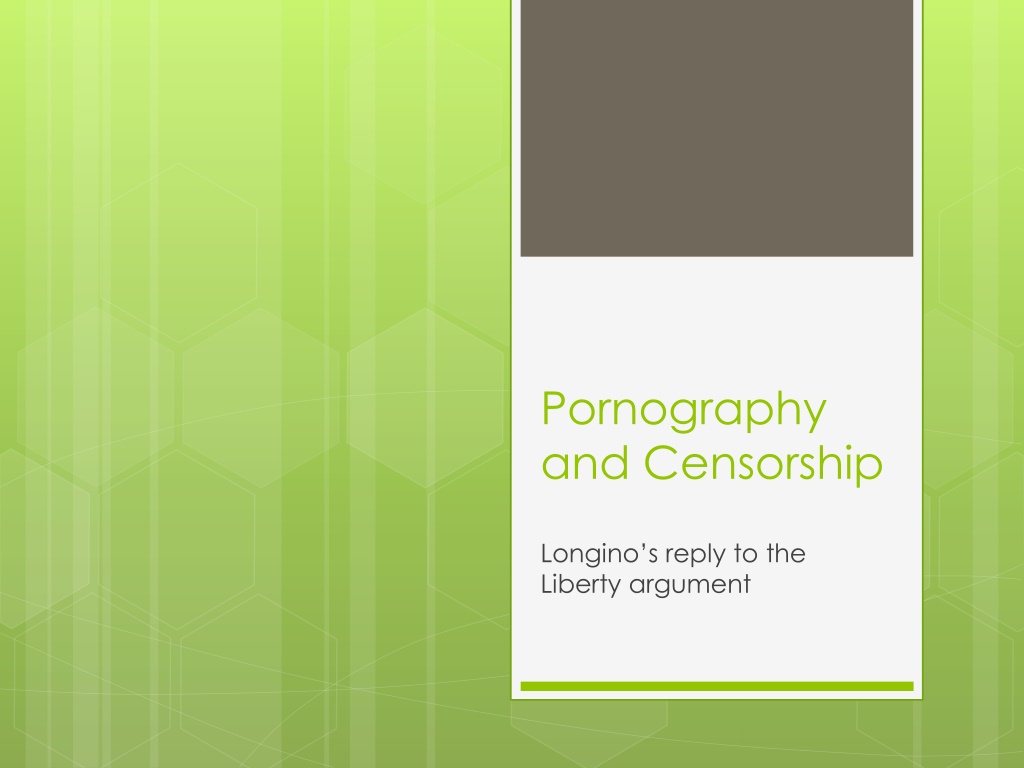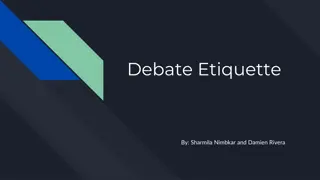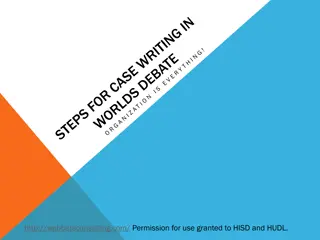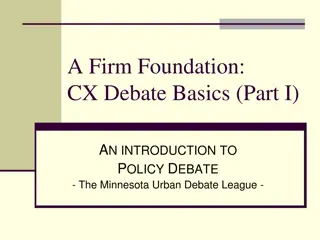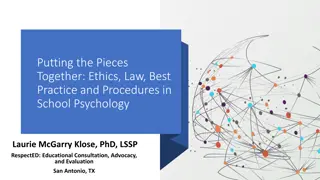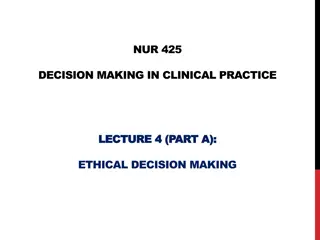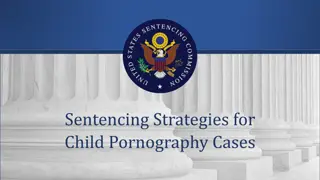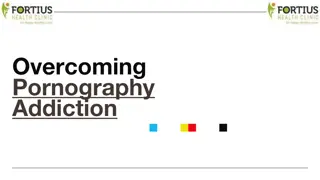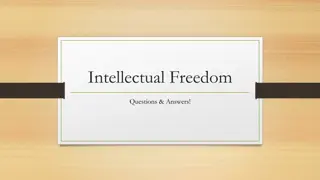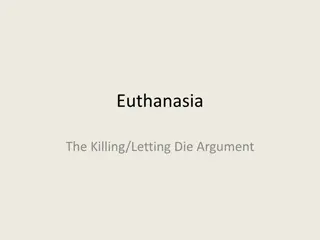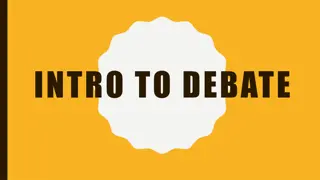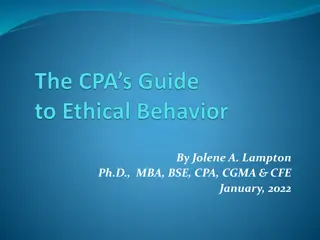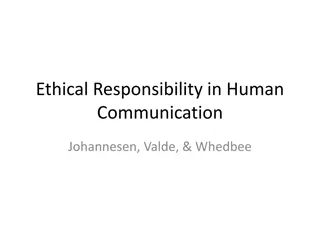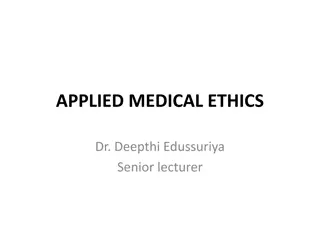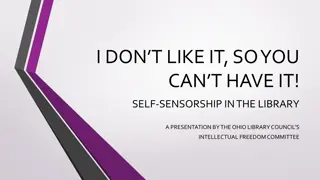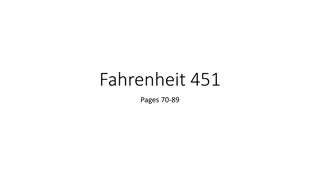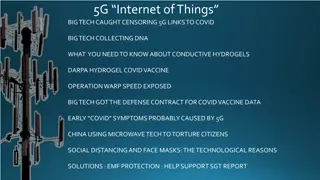Ethical Considerations and Censorship in Pornography Debate
The debate on pornography raises ethical questions regarding its production, distribution, and impact. Arguments against pornography focus on harm and degradation, while anti-censorship advocates emphasize freedom of expression and individual autonomy. John Stuart Mill's quote underscores the principle of preventing harm to others as a basis for restricting individual liberties, highlighting the complexity of balancing free speech with societal concerns.
Download Presentation

Please find below an Image/Link to download the presentation.
The content on the website is provided AS IS for your information and personal use only. It may not be sold, licensed, or shared on other websites without obtaining consent from the author.If you encounter any issues during the download, it is possible that the publisher has removed the file from their server.
You are allowed to download the files provided on this website for personal or commercial use, subject to the condition that they are used lawfully. All files are the property of their respective owners.
The content on the website is provided AS IS for your information and personal use only. It may not be sold, licensed, or shared on other websites without obtaining consent from the author.
E N D
Presentation Transcript
Pornography and Censorship Longino s reply to the Liberty argument
The Main Ethical Questions About Pornography Is producing, publishing, or using it morally permissible? Should any of these activities be legally prohibited?
Pornography A working definition: Sexually explicit words or images intended to provoke sexual arousal
Pornography Obscenity: a property thought to render sexually explicit words or images morally or legally illicit Erotica: sexually explicit material that does not demean women but depicts them as consenting, equal partners in sexual activity
Anti-Pornography Arguments Using pornography causes harm: Pornography leads to rape or other sexual violence against women. Pornography degrades or subordinates women while sanctioning pernicious attitudes towards them. (Longino s response seems of this type.)
The Main Anti-Censorship Argument As autonomous persons, we are entitled to freedom of speech or expression, freedom of conscience, a right to privacy, and the right to choose our own life plans as we see fit. As long as we do no harm to others, we are entitled to exercise our liberty to create or use pornography if we choose to without interference from the broader community. Only for very weighty reasons may the state restrict our freedom to partake of pornography, and preventing offense to the community is not one of them.
The Liberty Argument Against Censorship Persons possess a right of autonomy, which includes freedom of speech or expression. Since pornography is a form of speech or expression, people have a right to create or publish it, however detested or unsavory the material is to many. It can be legitimately constrained or controlled by the state only if it causes significant harm to others and if there is very strong evidence of such harm.
John Stuart Mill [T]he only purpose for which power can be rightfully exercised over any member of a civilized community, against his will, is to prevent harm to others.
Longinos argument Premise 1: If something is harmful or injurious to people (or if can be shown to violate people in some way), then it is immoral. Premise 2: Pornography is harmful or injurious to people (or can be shown to violate them in some way). Conclusion: Therefore, pornography is immoral.
Analysis It appears Longino takes Premise 1 as a given, or believes it a fundamental moral principle to which people are, or should be, committed. Is her premise indeed a given?
Analysis (cont.) To defend premise 2, she is going to have to define pornography as something which is harmful or injurious. Are there issues with her definition?
MacKinnons Harm-to-Women Argument for Censorship Pornography should be censored because it does women great harm it literally violates their civil rights. It does so by degrading and subordinating women through sexually explicit portrayal and simultaneously endorsing this demeaning view. Thus pornography defines women as inferior, and pornography s audience is conditioned to view and treat women accordingly.
